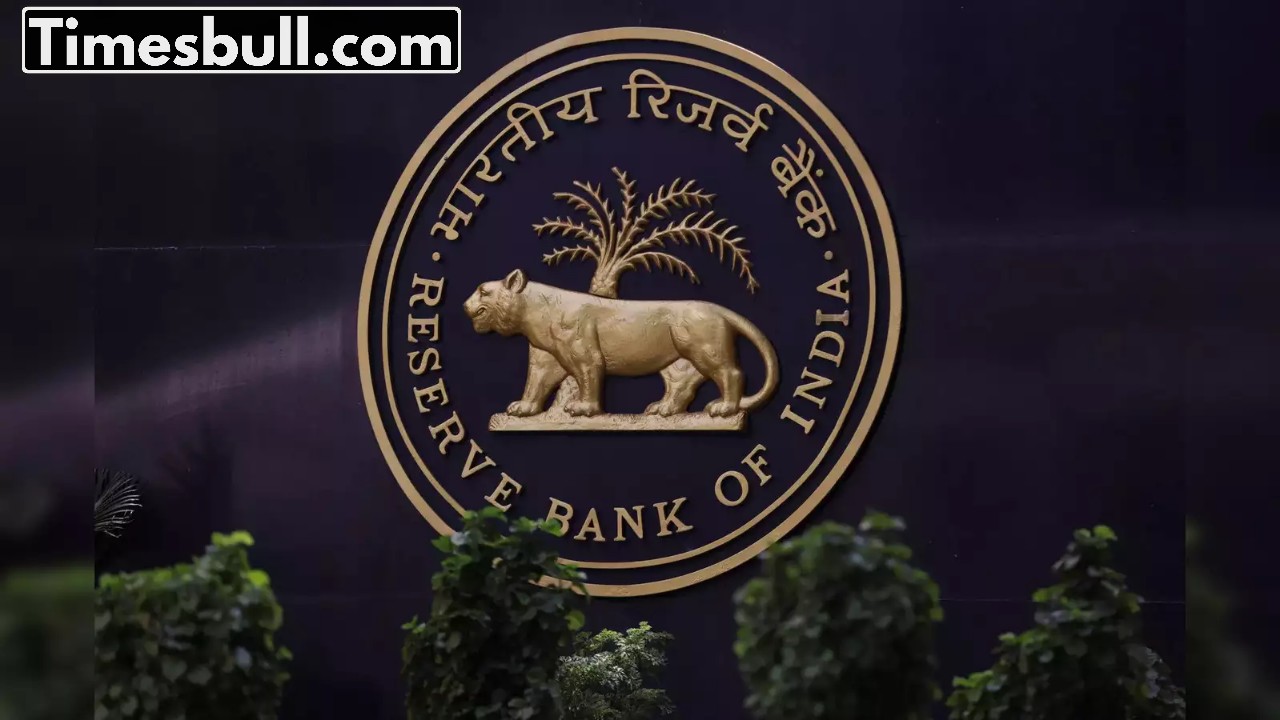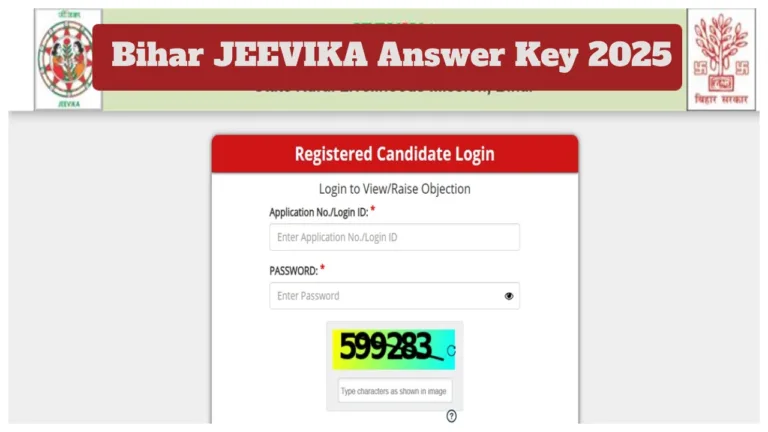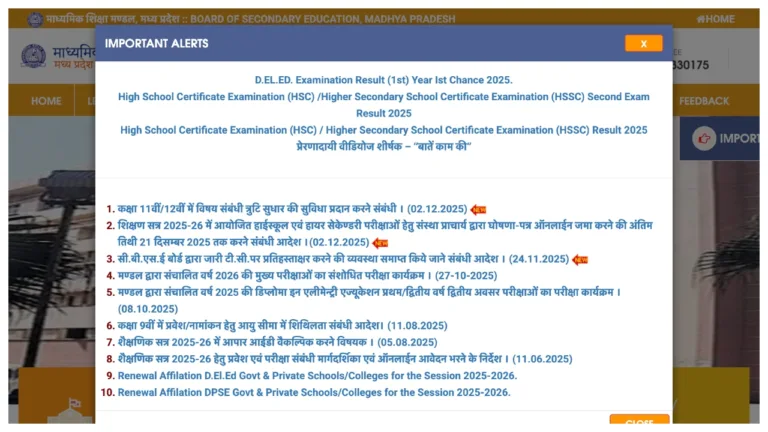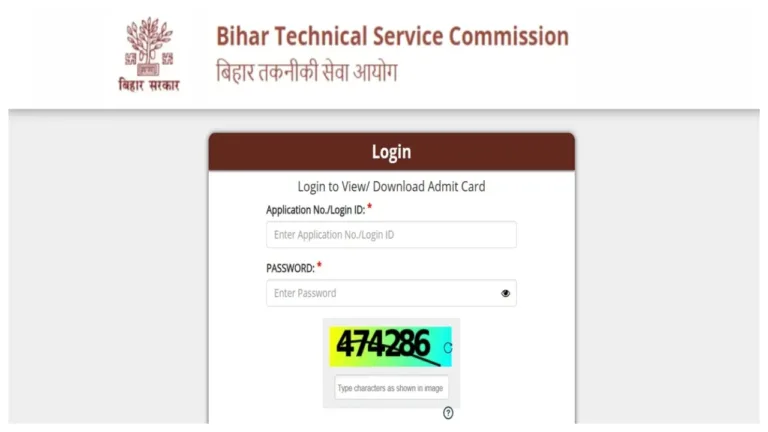RBI: Big relief for India’s common people. The Monetary Policy Committee of the RBI convened on April 7 and concluded its meeting today. Typically, these meetings occur every two months. In February, the committee made a notable decision to lower the interest rate from 6.5% to 6.25%, marking the first reduction in about five years. In fact, during the last meeting of the current financial year, which is 2024-25, the RBI had already decreased interest rates by 0.25%.
Understanding the Repo Rate
For those unfamiliar with the term, the repo rate is the interest rate at which the Reserve Bank of India lends money to commercial banks. A decrease in the repo rate means that banks can borrow at a lower cost, which in turn makes loans more affordable for customers, providing them with direct benefits. With Trump’s 26% tariff on India taking effect today, this Monetary Policy Committee meeting holds significant importance. The committee consists of six members, three of whom are from the RBI, while the other three are appointed by the central government.
Loan Benefits
If you’re planning to take out a loan following the repo rate cut, you stand to gain from this change. However, if you already have a fixed-rate home loan, your EMI will remain unaffected by this decision.
10 Key Highlights of Monetary Policy
1. The RBI has lowered the interest rate by 25 basis points to 6%.
2. The Monetary Policy Committee (MPC) reached a unanimous decision to implement this rate cut.
3. The MPC has shifted its policy stance from ‘neutral’ to ‘accommodative’.
4. Inflation is currently below the 4% target, primarily due to a significant decrease in food inflation.
5. While there is a recovery in growth, some concerns persist.
6. High tariffs are expected to negatively affect exports.
7. The GDP growth forecast for FY26 has been revised down from 6.7% to 6.5%.
8. Estimates for GDP in Q1, Q2, and Q4 of FY26 have been adjusted down by 20-30 basis points.
9. The CPI estimate for FY26 has been reduced from 4.2% to 4%.
10. We will continue to implement measures to ensure sufficient liquidity in the financial system.










